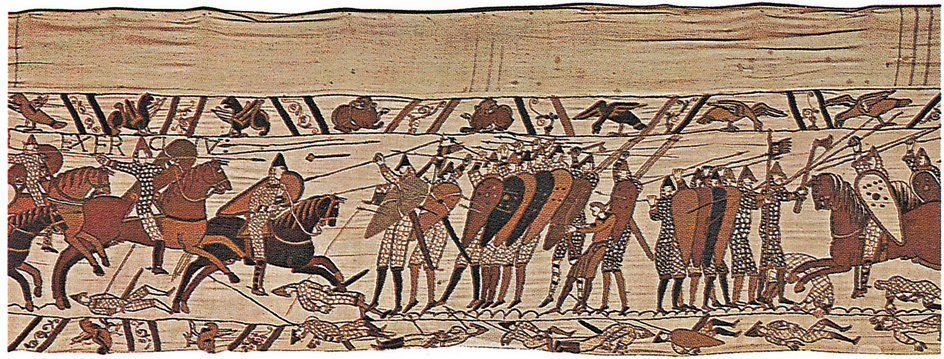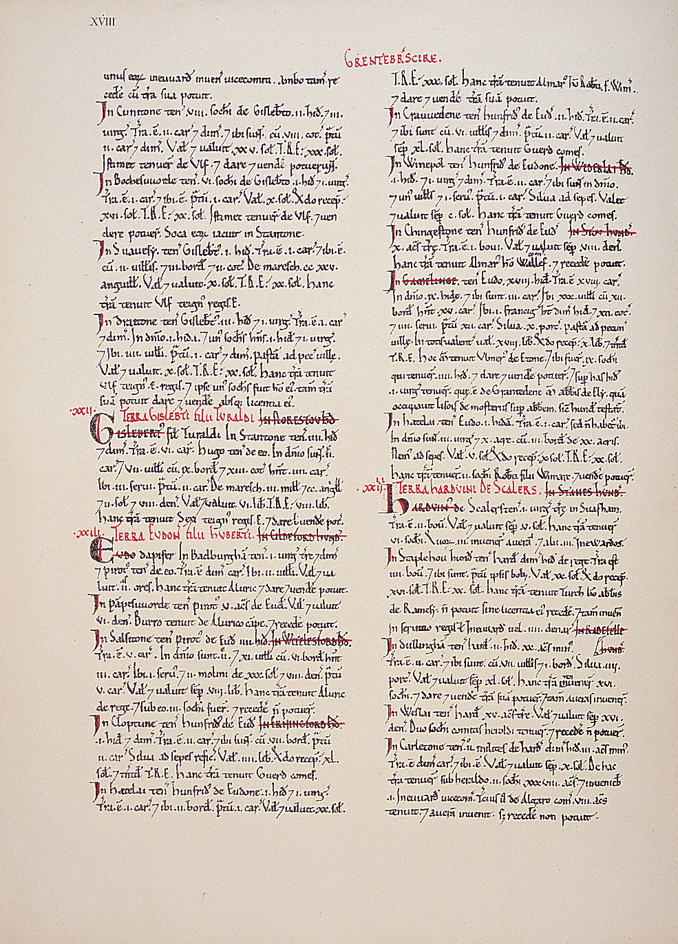William I, the Conqueror (1028-1087), was the first Norman king of England. He took the throne in 1066. He came to power following his army’s victory over the Anglo-Saxons at Hastings on the English coast. As king, William merged Norman and Anglo-Saxon practices of government.
William was born at Falaise, in the Normandy region of northwestern France. He was the son of Robert I, Duke of Normandy. In 1035, William inherited his father’s title. During his youth, Normandy suffered from a number of revolts, and William faced several assassination attempts. In 1047, William crushed a rebellion at the battle of Val-ès-dunes, near Caen. King Henry I of France helped him put down the uprising. William put down further revolts and increased the power of the dukedom.
William claimed that King Edward the Confessor of England promised him succession to the English throne. However, upon Edward’s death in January 1066, a group of English nobles named Edward’s brother-in-law Harold the new king.
William prepared to invade England. But before William could sail, the king of Norway invaded northern England. While King Harold dealt with the Norwegian invaders, William’s large army landed on England’s southern coast. The Normans defeated the Anglo-Saxon army in a hard-fought battle at Hastings on Oct. 14, 1066. Harold was killed in the battle.

On Christmas Day (Dec. 25), 1066, William was crowned king of England. Over the next several years, William put down several local rebellions. He took lands from those who resisted him. He kept some of the land for himself. He gave the rest to his loyal followers. To emphasize the lawfulness of his crown, William confirmed the laws of Edward the Confessor. He kept all the powers of the Anglo-Saxon monarchy. He levied Danegeld, the only national tax on landed property in Europe at that time.
In 1086, William ordered a survey of all the wealth in England. The survey resulted in the Domesday Book. It was the first official record of the property holders in England and the amount of land they held. The book is an important public record of medieval Europe. William died on Sept. 9, 1087. His realm was divided between his sons William Rufus and Robert Curthose.

